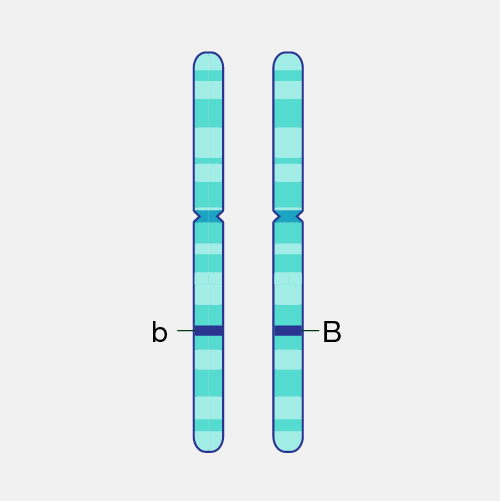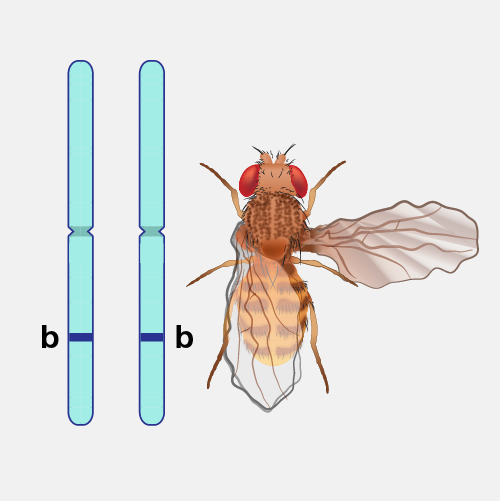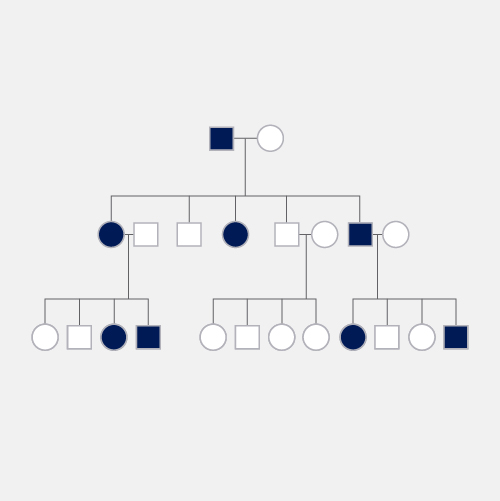Dominant
Definition
Dominant refers to the relationship between two versions of a gene. Individuals receive two versions of each gene, known as alleles, from each parent. If the alleles of a gene are different, one allele will be expressed; it is the dominant gene. The effect of the other allele, called recessive, is masked.

Narration
Dominant refers to a relationship between two versions of a gene. If one is dominant, the other one must be not dominant. In that case, we call it recessive. A dominant gene, or a dominant version of a gene, is a particular variant of a gene, which for a variety of reasons, expresses itself more strongly all by itself than any other version of the gene which the person is carrying, and, in this case, the recessive. Now, it usually refers to inheritance patterns frequently used in conjunction with a Punnett square where, if an individual has two versions of a gene, and one is observed to frequently be transferred from one generation to another, then it is called dominant. Biochemically, what is going on in this case is that the genetic variation, for a variety of reasons, can either induce a function in a cell, which is either very advantageous or very detrimental, which the other version of the gene can't cover up or compensate for. In that case, you're going to have a dominant mutation, and that dominant mutation can be benign. It can refer to eye color of one sort or another; that can be can a dominant mutation. Or it can refer to a disease. Huntington's disease, for instance, is a dominant mutation where, if one is carrying that version of the Huntington gene, that mutation, that dominant mutation, will give the individual the disease regardless of what that person's other Huntington's disease gene allele is. That other Huntington's disease gene allele can be perfectly normal, but the person still has the disease because of that one copy of the Huntington's disease gene that is mutated. That is dominance.




